Miracle in the Andes: How the dead saved the living
Categories: Catastrophes | History
By Pictolic https://pictolic.com/article/miracle-in-the-andes-how-the-dead-saved-the-living.htmlIt was in October 1972. The Uruguayan youth rugby team flew to Chile with friends and relatives, a total of 45 people with the crew of the plane. To fly from From Uruguay to Chile on a small plane, it was necessary to fly south over Argentina for a long time first, go around the southern part of the Andes, and then fly north, because it is not safe to fly directly over the mountains. However, the pilot turned north in the wrong place, the plane hit a mountain peak and fell to pieces. The fuselage with all the passengers rolled down the snow like a sled down to the plateau. During the crash, 12 people were killed, five more were missing. They will be found dead the next day.
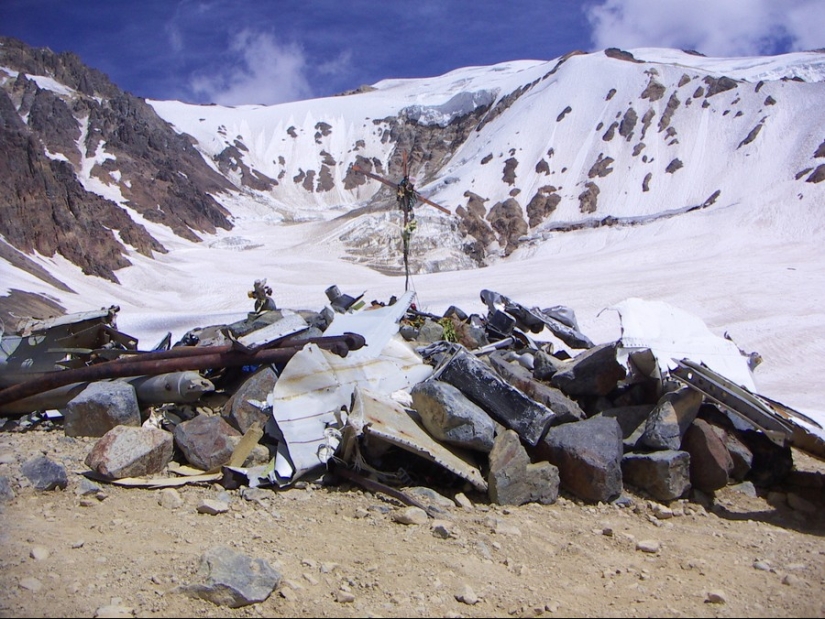
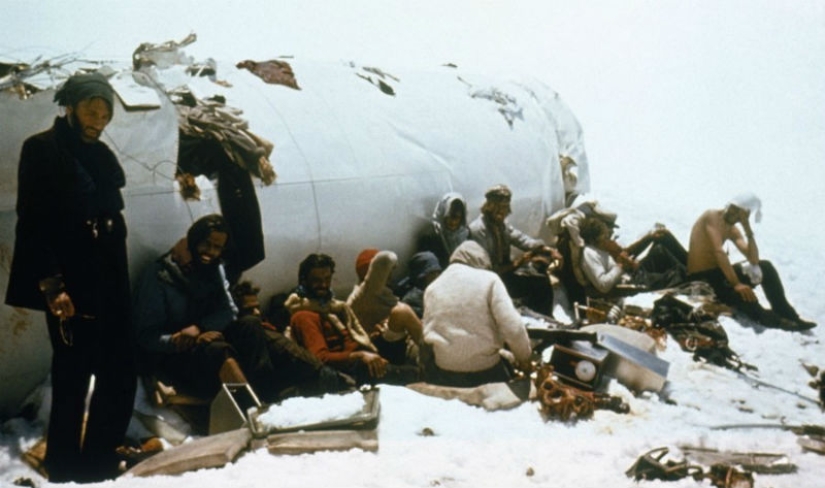
The captain of the sports team, Nando Parrado, who was put together with the corpses, after lying in the snow at a temperature of minus thirty for several tens of hours, woke up. The doctors who examined him later said that it was the fact that they thought he was dead and put him in the cold that saved him. Such cryotherapy slowed down all processes in the body, and the brain hemorrhage that occurred after a head injury and caused a coma stopped, and the brain managed to recover.

His mother and younger sister were on the plane with Nando. The mother was killed, and the sister was seriously injured and did not regain consciousness. Nando crawled up to his sister, hugged her and held her until she died — four nights and three days.
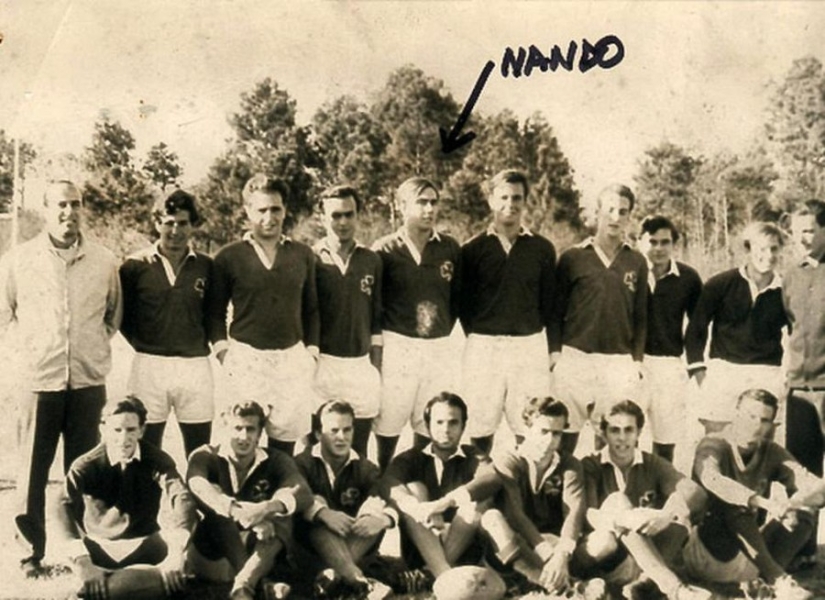
There is a saying: a poor man gets married — and the night is short. In other words, failures simply pursued the passengers of the ill-fated flight. Not only that, they, who had never seen snow, were left without food, shelter and warm clothes in an absolutely deserted winter area at an altitude of 3600 meters. Two weeks later, the survivors were covered by an avalanche, and eight more passengers died.
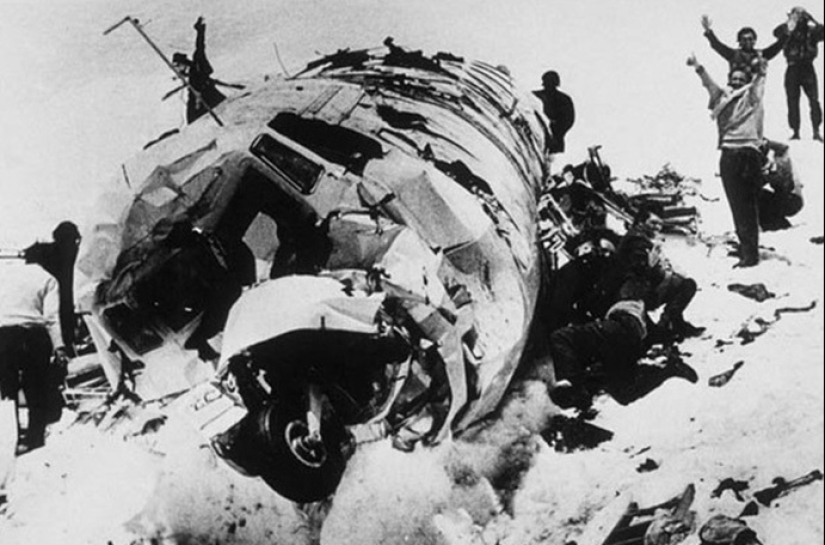
For three days, the living, along with the corpses, were trapped by snow in the cramped space of the remains of the aircraft. To save everyone, the aforementioned Parrado kicked out a small window in the cockpit. Three people died from wounds and frostbite in the following days.
Only 16 of the 45 passengers survived. 11 days after the crash, they heard on the radio that their search was stopped and they were all declared dead. The fact is that the plane that crashed was white and merged with the snow-covered mountain landscape.
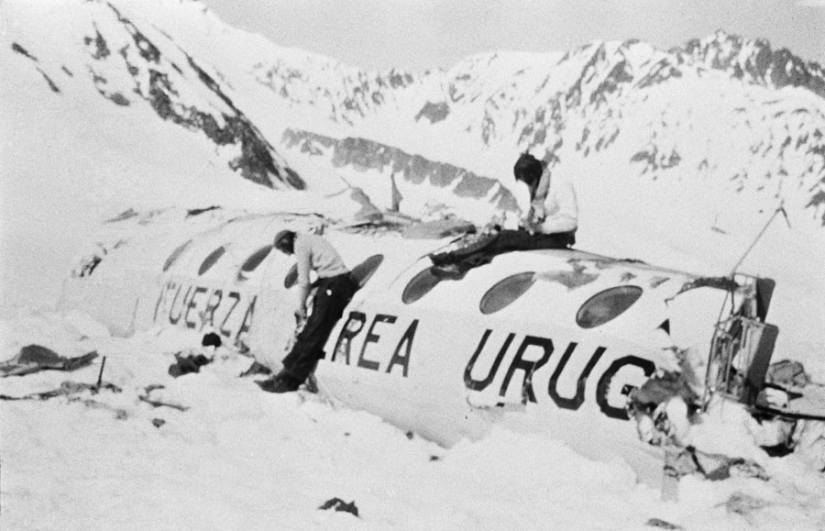
They had plenty of water — people melted snow on sheets of aluminum cladding and poured water into bottles, and then kept them under their clothes, not letting the water freeze. There was no food at all. Given that there was nowhere to wait for salvation, the living decided to eat the dead. It wasn't easy for everyone. The survivors were Catholics, and the need to eat human flesh offended their religious beliefs. In addition, many of the victims were someone's relatives or close friends. Apparently, that's why they decided to start the meal with a pilot who was not particularly known to anyone and was responsible for the accident.
But, even taking into account all the corpses, and this food source was exhausted, so the passengers had to figure out how to save themselves. Nando Parrado, Roberto Canessa, Numa Turkatti and Antonio Visintin decided to move west to reach the Green Valleys of Chile. According to the pilots, these valleys should have been located a few miles west of the crash site.
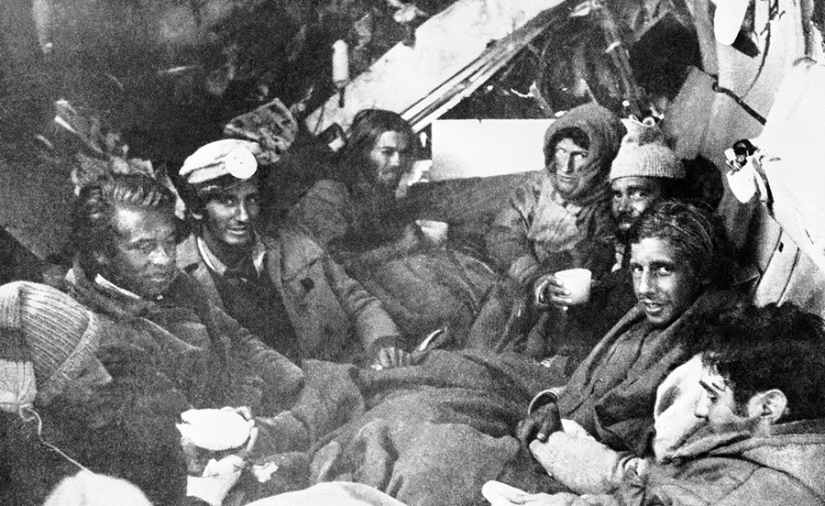
18–year-old Kanessa did not dare to go on a hike for a long time, offering to wait for the end of winter. However, the others decided to go, no matter what. The beginning of the campaign was successful, the members of the expedition accidentally stumbled upon the tail of the plane that had come off during the fall, along with their luggage.
In the suitcases they found chocolate, cigarettes, clean clothes, in addition, there were charged batteries. On the second night, the weather deteriorated sharply, and the travelers almost died from the cold. It became clear that it was not so easy to pass through the mountains. I had to go back to the fuselage and sew a sleeping bag together from pieces of cloth extracted in the tail. The batteries were not useful. At first they wanted to use them to transmit a distress signal, but nothing happened. The batteries gave out a constant current, but an alternating current was needed.
And again the three brave ones set out in search of the saving valleys. But on the third day they realized that it would take a long time to go, because Parrado and The Canessa sent Visintin back to the camp, and themselves, having taken from him the reserves of human meat, went on.
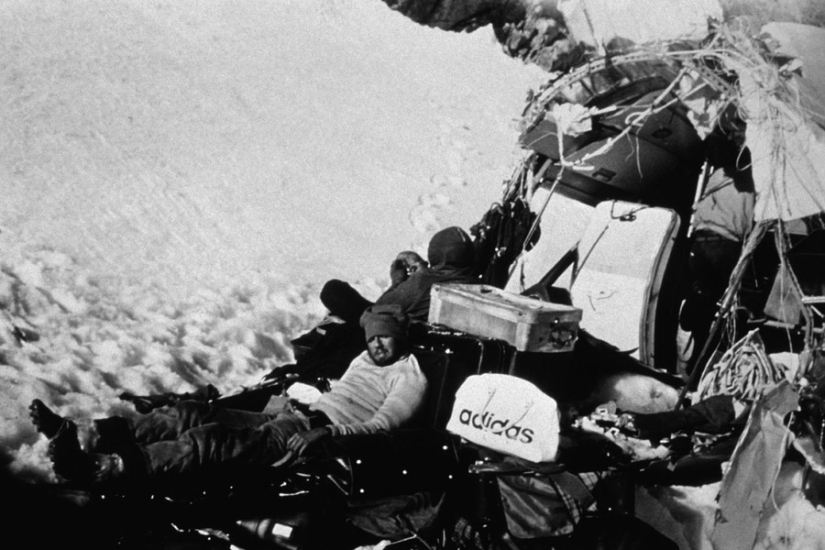
Soon this food thawed and rotted. Roberto fell ill with dysentery, and Nando practically dragged him on himself. On the evening of the ninth day, Roberto saw a ranchero rider on the bank of the river they had reached. The next morning he saw them, too, but he could not believe that two guys, disheveled, terribly thin, frostbitten, had come from somewhere in this wilderness.
The mountain river made a terrible noise, and Nando and Roberto couldn't hear the rancheros, and he couldn't hear them. But the ranchero turned out to be very resourceful. He took out a piece of paper and a piece of coal and threw them to the other side. Nando scribbled on a piece of paper their story and a request for help, and the ranchero rode away, but before that he threw Nando and Roberto has some of his supplies — bread and cheese. It was the seventy-first day since the accident.
The next day, the ranchero returned with help. Roberto was sent to the hospital, and Nando escorted the rescuers by helicopter to his comrades in misfortune. Due to bad weather on that day – December 22 — only half of the passengers were able to be picked up, the rest were left with food and water. They were all taken away the next day.
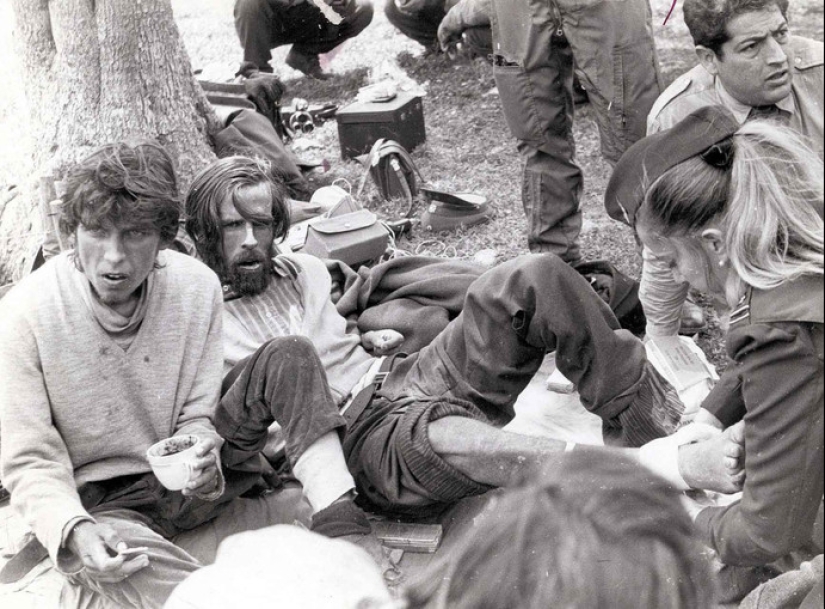
The rescued had to be nursed for a long time: they were treated for altitude sickness and dehydration, scurvy and malnutrition. But already on December 28, the barely alive lucky ones gave a big press conference dedicated to their miraculous salvation.
Since then, the story has received the appropriate name — "Miracle in the Andes". Nando Parrado, in collaboration with writer Pierce Paul Reed, published a book — a reconstruction of his memories of the ill-fated Flight 571, which became a bestseller. In 1993, the film "Alive" was released, telling about the "Miracle in the Andes".
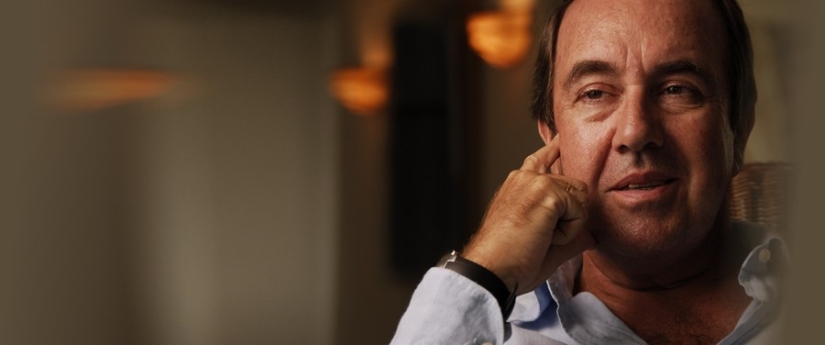
By the way, Nando himself, returning home, found that his father could not stand the grief and, in order to live on, got rid of all the things that belonged to his wife, son and youngest daughter. The only thing in the house that reminded me of Nando was one picture of him. But Nando did not lose heart. He became a racing driver, and later a businessman and a training leader.
Recent articles

Most of us think that the color of the eggshell does not play any role and it is possible not to pay attention. But it's not and ...

The more we rely on technology, the more potential power hackers gain over us. It doesn't matter if their goal is to help or cause ...

Creating a good portrait is one of the most difficult tasks for any photographer. In order to make a really natural and memorable ...